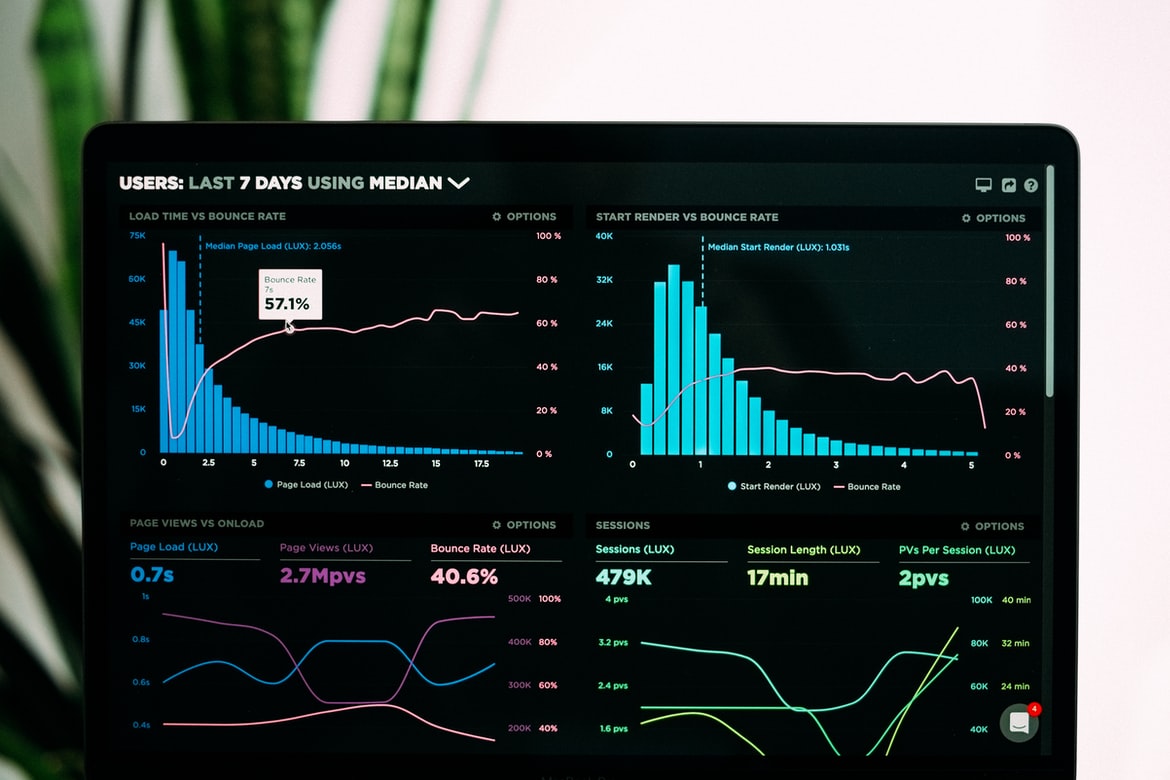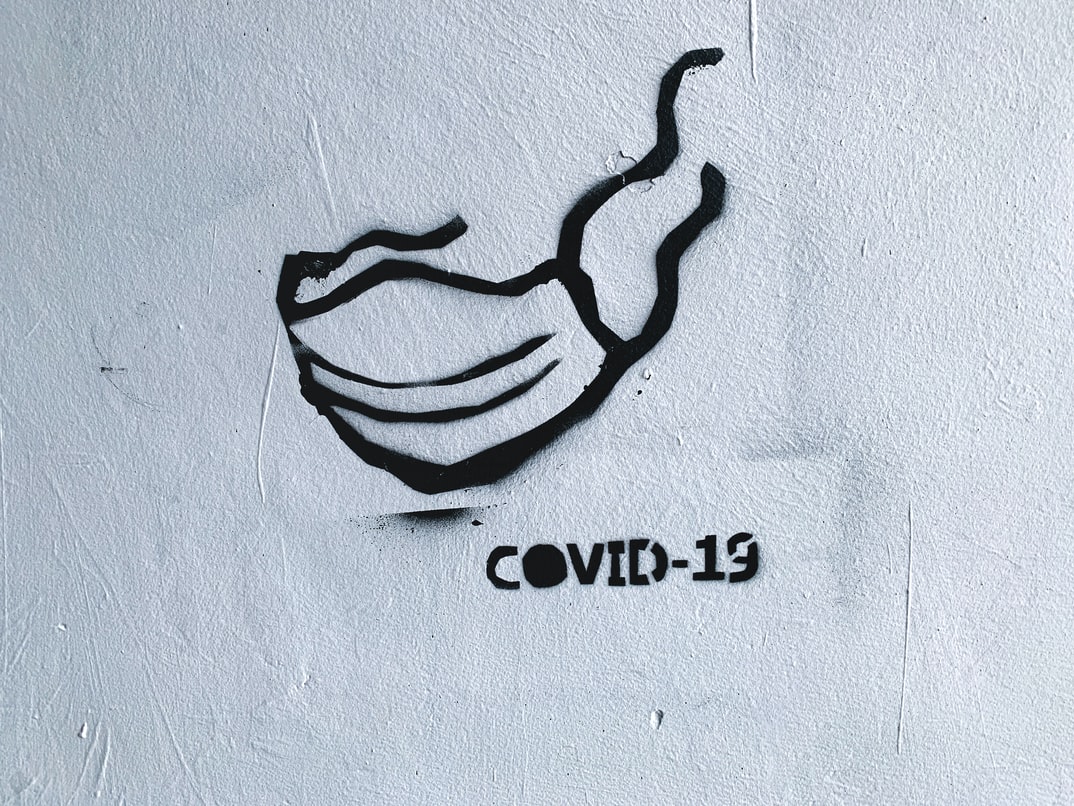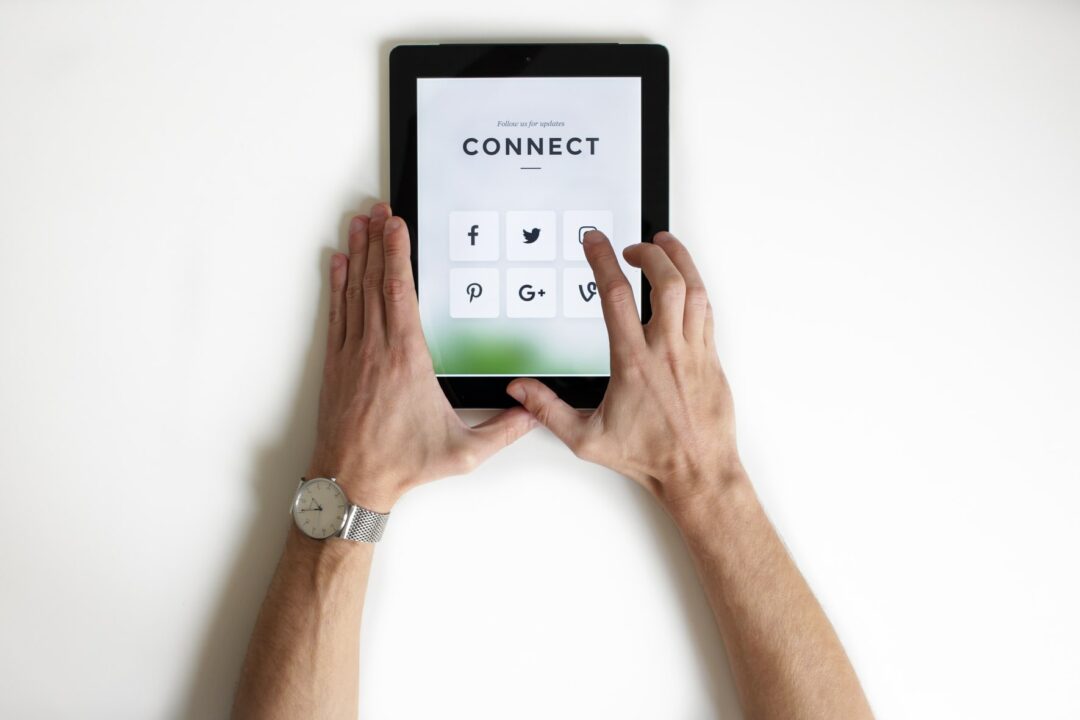The current reality that we are all sharing with COVID19 and the shifts that we have seen in learning, work, and communication.
The traditional school model was overturned due to the pandemic forcing millions of students and teachers across the world to make the shift to and familiarize themselves with home learning. However, with this shift to online learning we have seen growth towards a more personalized digital education environment that puts more educational tools into the hands of both students and teachers (Personalized Learning in a Post-Covid-19 World, 2021). Now that we are past the worst of the school closures within Canada we are still seeing most educational courses be offered in a hybrid style accounting for both face-to-face and remote learning environments as we now have the infrastructure put in place for that to be a reality. This shift from brick-and-mortar schooling to a hybrid environment has made education more accessible today than prior to the pandemic. We also saw a similar shift in the work environment going from working entirely remotely to many employers now offering a hybrid work from home/go into the office form of employment. There is no perceivable downside with having employees work from home partially as any tasks that need to be dealt with in-person (e.g., onboarding new employees) can be handled with going into the office periodically when needed. Statistical evidence has also shown that about 25 percent of employees in advanced economies are able to work from home anywhere from 3-5 days a week without any perceived loss in productivity (Lund et al., 2021). In terms of communication the most obvious shift has been that there is now less face-to-face communication occurring with the trade-off of that being a significant increase in communicating over online platforms such as Zoom and Skype. As a result, this has led to most individuals becoming more adept at utilising these communication technologies and in turn has opened the door for many to creating digital PLNs as a result.
Image by John Schnobrich on Unsplash
Features & Characteristics of Existing Media Technologies
The availability and immediacy of information is one of the most prominent advantages of media technologies. It has changed the way we consume and learn new information as we can easily satisfy our curiosity by searching for content on Youtube or reaching out to experts/professionals via Twitter/LinkedIn. For example, Youtube channels such as “The Organic Chemistry Tutor” or “Khan Academy” can be accessed by students at any time and from anywhere to provide clarity on confusing lecture material and allow for self-directed learning. Another valuable characteristic of media technologies is their ability to enhance communication and collaboration between different users. Social media users on Twitter can expand their social network and learn new perspectives on global issues by utilizing hashtags. This not only allows for users to be introduced to new perspectives but also provides them the opportunity to be challenged on their own views. LinkedIn, for example, also nurtures collaboration and communication as it connects users to professionals, experts, and research/job opportunities. Media technologies have fundamentally changed the way people can communicate and learn from one another through the use of social media platforms. As these platforms allow for an individual to tailor their PLN to align with their own interests, online learning has become more “self-motivated, autonomous, and informal” when compared to more traditional approaches (Baran, 2019).
Building Reputation and Presence in Social Media Platforms
To build a good reputation/presence using a social media platform, there are some steps that must be established. In her article “Improve Your Digital Reputation With Social Media and Content”, Director of Marketing & Communications at WSI, Cheryl Baldwin outlines the steps to use social media in order to build a good reputation/presence. The first of which is choosing the appropriate platform. Nowadays,there are so many social media platforms that users can choose to establish their platform. As mentioned by Cheryl, some platforms will be more beneficial than others, depending on the industry and audience. An example of this is if the industry and audience are young athletes, then Instagram is a better platform for this purpose than LinkedIn.The next step is to interact with followers frequently. Posting frequently and commenting opens the door for discussions and building professional relationships with others which in return builds one’s reputation and presence. It is important however, that the shared content shows quality and is of value to the audience. Finally, publishing diversity is important to building the intended presence and reputation. According to Cheryl, getting content published outside of one’s personal platform is helpful in allowing the individual to gain more exposure. This can be established through networking with others and asking if they can share one’s posts.
Social media platforms are very important in building one’s reputation/presence both in the online and real world. Social media platforms such as Twitter and Facebook are a great way of building a reputation/presence online. A good example of this is guest Markiel Simpson, a young activist looking to end systematic racism, especially that has been affecting the BC black community. Markiel, being a black man with a disability, used Twitter to share his perspective and ideologies on issues affecting the black community in the area. By sharing posts, and his opinion on these matters via Twitter, Markiel was able to gain a large young audience. Through sharing his opinion and his work in the community (volunteering, speeches, etc.), his fanbase kept increasing and gaining him a reputation and presence both online and in the real world allowing him to use that following in the future to vie for the federal NDP nomination in the riding of Burnaby North-Seymour,
When is a PLN a success?
To find out whether a PLN is successful or not, it is important to look at the definition of a PLN. A personal learning network is an informal learning network made up of people who interact with each other for the purpose of gaining some sort of knowledge or skills. A PLN has the specific intent that one person establishes a connection with another and some learning takes place as a result of that connection (Wikimedia Foundation, 2020). As defined above the main goal of a PLN is learning through the interactions with others in one’s PLN. Therefore, it is evident that when one is constantly learning from their PLN that it is critical to determining success. If a person is able to learn constantly through their learning network that shows the success of a PLN. Another factor that shows a PLN is successful is when a person finds that they’ve developed themselves professionally with a network that caters to their needs.This allows for individuals to build their professional portfolio and opens up opportunities to advance in their careers. Any advancement in a career because of a PLN is a sign of a successful PLN.
Social Considerations to Account for in your PLN
A major social consideration that should be accounted for in your PLN is the overall diversity and inclusiveness of your network as that allows for you to gain an understanding of the different beliefs and opinions of others. This in turn broadens your existing knowledge by giving you a fresh perspective on how others view a topic comparatively to your own thoughts on the subject. In keeping a diverse PLN you are also adhering to principles of inclusiveness by fostering an environment where all individuals feel comfortable sharing their unique experiences when continuing a discussion or in bringing up new topics for discussion within your PLN.
Another consideration that should be at the forefront of your mind is to be very conscious of what you choose to share and post across your PLN as the information you put out in the open is liable to receive criticism from every angle. As such, you should be somewhat cautious and screen whatever you end up posting, sharing, etc. to be certain that you are presenting yourself in a positive light. This is not to say that you should censor your thoughts on a matter but rather choose the right medium in which to express those thoughts (i.e., keeping posts professional when interacting with others over a business centered PLN).
Once your PLN has begun to grow, a social consideration that you have to make is how invested you want to be in your PLN and what kind of role you are trying to fill within that PLN. This has more to do with what your end goals are with your PLN. Are you strictly using it as a resource in educating yourself by interacting with mentors you have networked with, or you can take on the role of a potential mentor and share your own ideas, beliefs, and practices with others (Gray, 2019). You are not limited to one of the two as you can choose to learn from others while also sharing the knowledge you’ve gathered up to that point, essentially your PLN is as effective as you make it within that spectrum. As a side note to that the more time you spend interacting with others in your PLN directly leads to a stronger relationship forming with those individuals building up to more personal and long-lived relationships forming.

Image by Luke Chesser on Unsplash
How does Data Tracking Benefit a PLN?
Social Media companies are able to parse through all of a user’s posting history in order to turn that information into behavioural, preference and demographic data about each unique user. This data is collected from things you post, comment on or search about through a device with internet functionalities. This data is used to generate a persona centered around you that can be used in targeting and curating your social media platform to better suit your needs. A specific example of this would be how in the terms and agreements for creating a new user account on these social media platforms more often than not you give permissions for these companies to access your phone and email contacts. This information is then later used to find similar users on the site that you may know which helps you when initially starting to grow your network. Another way these sites help you grow your network is through collecting your location data through your devices, by doing this they are able to bring to your attention different stores/vendors in your immediate area that you may be inclined to meet leading to newfound connections made as a result (Emerging Media, n.d.).
Strengths and Weaknesses of the Privacy, Security and Acceptable Use Policies for Social Media Platforms
There are a lot of strengths and weaknesses of the privacy, security, and acceptable use policies for social media platforms. One of the biggest strengths of the acceptable use of social media is asking questions and receiving real-time information. Social media allows us to ask questions or debate a topic with anyone we know (be it any influential people or any organizations). As an organization, such platforms help them to understand their product’s pros and cons and also popular feedback on how to improve it. And the biggest benefit is that all of the information will be in real-time and as quickly as they want. We can build a huge PLN by taking the right measures and using social media how it’s meant to be used. Anybody can communicate with anyone on the globe just through a phone or laptop and that has a lot of possibilities and opportunities for everyone to grow their network.
Along with so many benefits, there come many risks as well. There are lots of privacy and security concerns regarding the use of social media platforms. When anybody posts anything on a social media platform, their digital identity gets linked to the post and stays on there forever – Social media makes it difficult to entirely remove anyone’s digital identity. Moreover, there are lots of cases concerning cyberbullying which could be taken into account here where an individual can be threatened or bullied online and that could have serious consequences. However, the good news is all the big tech companies are currently working on their products to improve the privacy of their social media platforms. This is very crucial for continuing the usage of their platforms. No one would feel safe to post anything online if they are threatened that their data could be stolen or used in a malicious way. Privacy and Security issues go hand in hand when we talk about social media platforms. There have been a lot of cyberattacks on the web platforms trying to steal users’ data and many have been successful in it as well. There is another great threat to social media where it can be used to endanger politicians or people in power that would ruin a country’s unity and harmony in the bigger picture.
Leaders who have used their PLN’s for Growth
The selected field of interest is Software Industry. Elon Musk is a great example of a leader in software who has grown his network in the community and used his PLN to become an influential leader in electric cars. We can clearly see his contributions and ideas in his Twitter account (https://twitter.com/elonmusk). He has always been very active on social platforms to let his network and now the world become aware of the ideas and thoughts about his company, world issues, or any other concerning issues. Another very influential leader in the software industry is Bill Gates. He has revolutionized computers and the whole software industry with Microsoft Products. I believe this couldn’t have been possible without the vast PLN he has on social platforms. When he was the CEO of Microsoft, the mission of the company was “A computer on every desk and in every home.” This is certainly not possible without the help of a strong and diverse network that Bill Gates has built online (https://twitter.com/billgates). I strongly believe any leader needs a PLN to tell their story and influence others in their field to help the world in new ways.
References
Baldwin, C. (2020, February 7). Improve your digital reputation with social media and content. WSI. https://www.wsiworld.com/blog/improve-your-digital-reputation-with-social-media-and-content
Baran, E. (2019, December 01). Dabbagh and Kitsantas “Personal Learning Environments, social media, and self-regulated learning: A natural formula for connecting formal and informal learning”. Retrieved from https://iastate.pressbooks.pub/onlinelearningtoolbox/chapter/dabbagh-kitsantas-personal-learning-environments-social-media-and-self-regulated-learning-a-natural-formula-for-connecting-formal-and-informal-learning/
Emerging Media. (n.d.). Retrieved from https://www.loyola.edu/academics/emerging-media/blog/2017/3-ways-that-social-media-knows-you-better-than-your-friends-and-family-do
Gray, K. (2019, May 15). Leveraging Social Media to Build a Digital PLN. Retrieved from https://www.edutopia.org/article/leveraging-social-media-build-digital-pln
Home. Markiel Simpson. (2020, April 9). https://www.markielsimpson.ca/.
Lund, S., Madgavkar, A., Manyika, J., Smit, S., Ellingrud, K., & Robinson, O. (2021, September 09). The future of work after COVID-19. Retrieved from https://www.mckinsey.com/featured-insights/future-of-work/the-future-of-work-after-covid-19
Stoller, Eric. “What is Digital Identity.” You Tube, uploaded by University of Derby, 25 November 2016, https://www.youtube.com/watch?v=u0RryRbJza0&feature=youtu.be.& (0:05-0:06, 0:29-0:32)
Wikimedia Foundation. (2020, May 4). Personal learning network. Wikipedia. https://en.wikipedia.org/wiki/Personal_learning_network.
Personalized Learning in a Post–COVID-19 World. (2021, July 23). Retrieved from https://all4ed.org/blog/personalized-learning-in-a-post-covid-19-world/
Personal Learning Networks: Learning in a Connected World. ID and Other Reflections Blog http://idreflections.blogspot.com/2015/01/personal-learning-networks-for-ongoing.html


